Puzzles of Encryption: Safe Utilisation of Transceivers in Our Days
Encryption or coding represents nothing new, but this domain passed through a spectacular evolution over the recent years...
The popularity of body cameras around the world has grown significantly in recent years and the trend is still on the rise. Their use not only helps to investigate complaints quickly and objectively but also has a deterrent effect and helps to build public confidence. While previously used mainly by police and security services, they are now more widespread: they are used by transport companies, security firms, couriers and even retail staff.
As the technology has evolved, cameras have become smaller and lighter, while offering increased resolution, uptime, advanced data storage and cloud-based synchronisation capabilities. Many models now come with night vision, GPS or 4G/5G connectivity. It is therefore important to be clear when we are talking about a real body camera and when we are talking about "just" an action camera - the difference is not only technical, but also legal and practical.
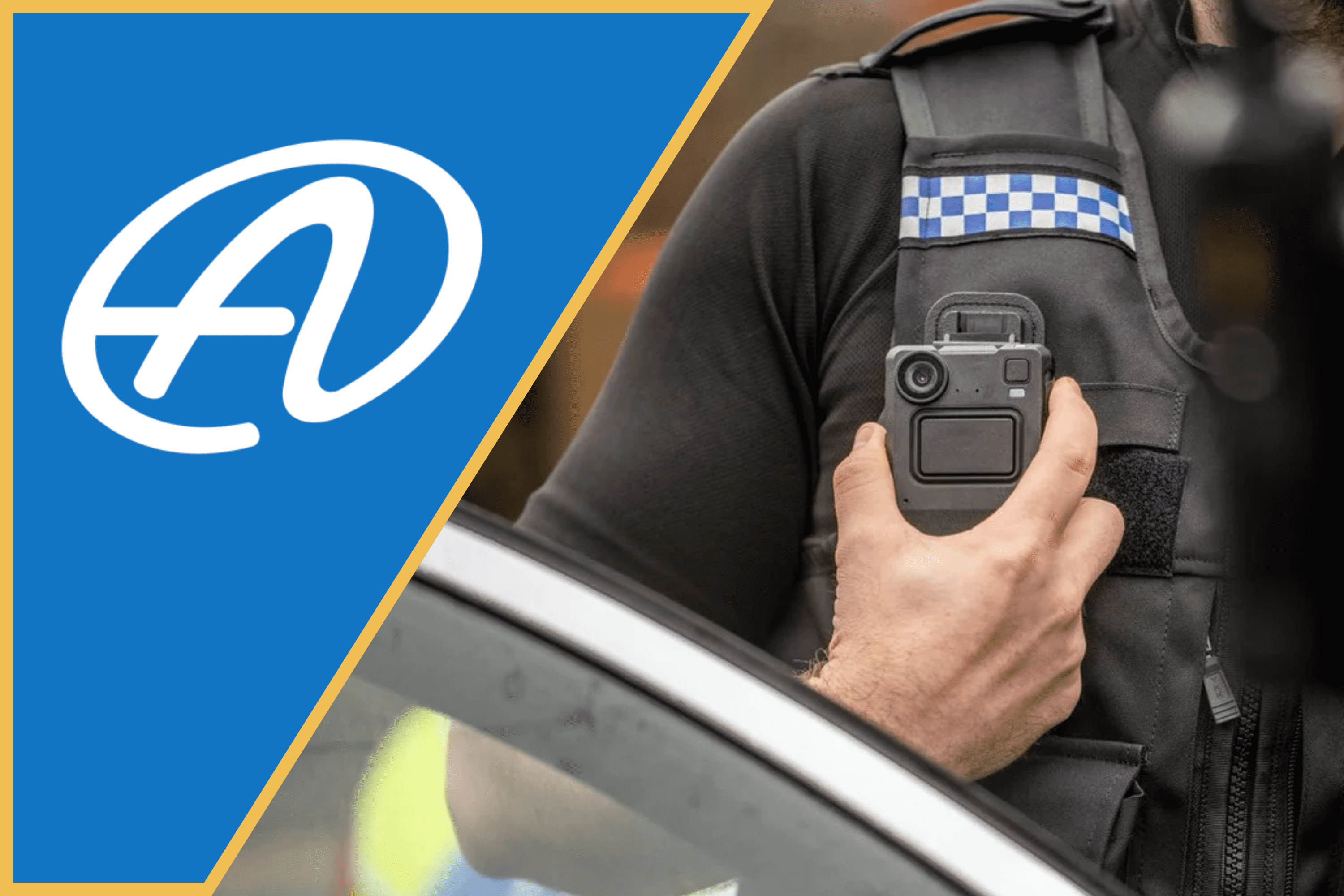
Body camera or action camera? It makes a difference!
Although they may seem similar at first glance, body cameras and action cameras are designed for completely different purposes. Action cameras, such as GoPros, are ideal for extreme sports and leisure activities: they produce high-resolution, spectacular videos with a wide angle of view, primarily for entertainment purposes.
By contrast, body cameras are designed specifically for professional use. Their primary purpose is to collect evidence, document in real time and enhance personal security - especially in work areas such as law enforcement, security services, logistics or public transport.
Action cameras (e.g. GoPro)
Who is it for? Athletes, vloggers, hobbyists.
What is it for? For capturing spectacular, dynamic footage - when it's all about the experience.
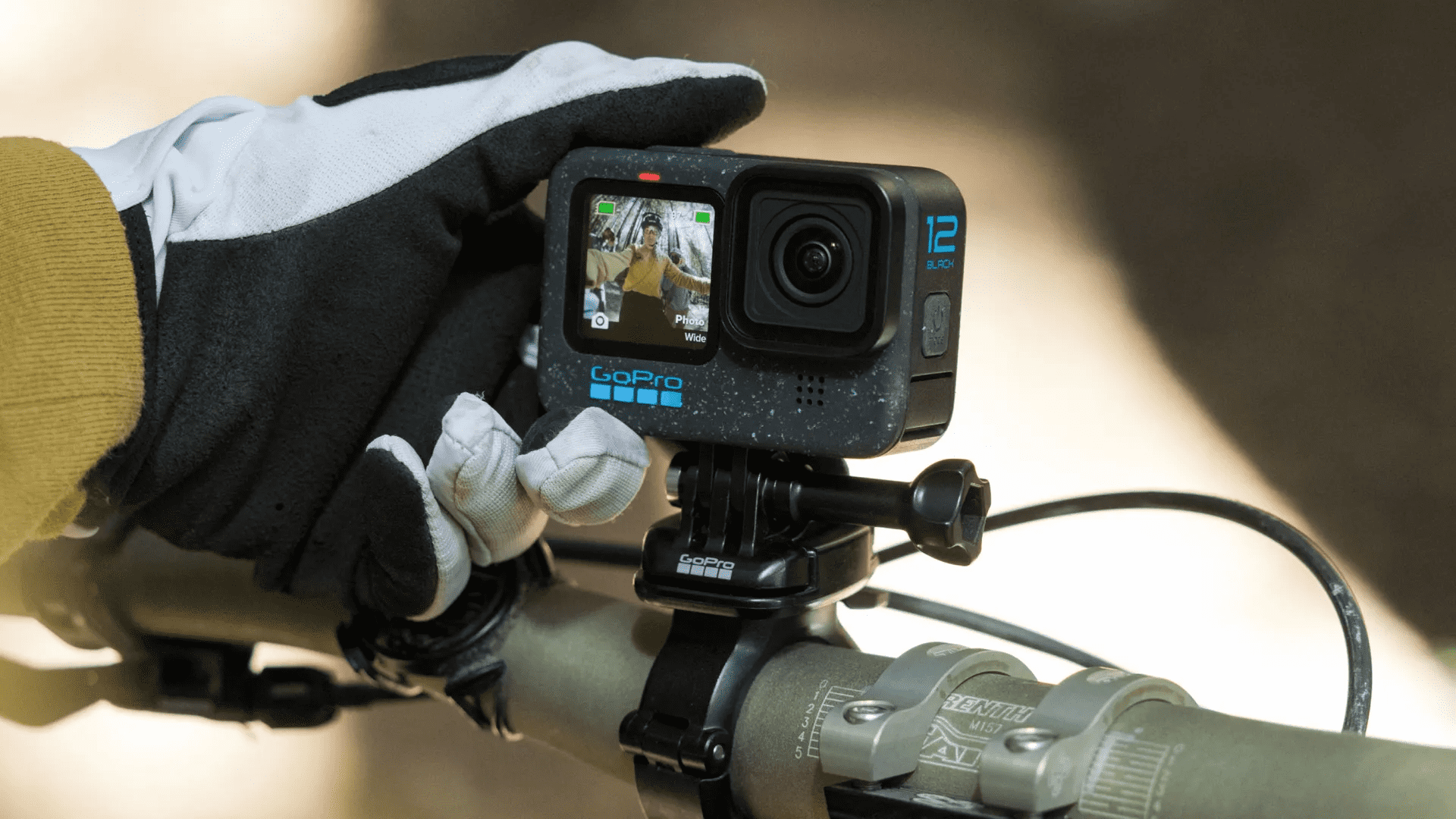
Bodycam
Who is it for? Police officers, security guards, healthcare workers, ticket inspectors, even teachers.
What's it for? Objective documentation, legal protection, confidence building and deterrence.
To sum up: if you want to capture memories or exciting moments, choose an action camera. But if you need security, evidence and transparency, then a body camera is clearly the way to go.
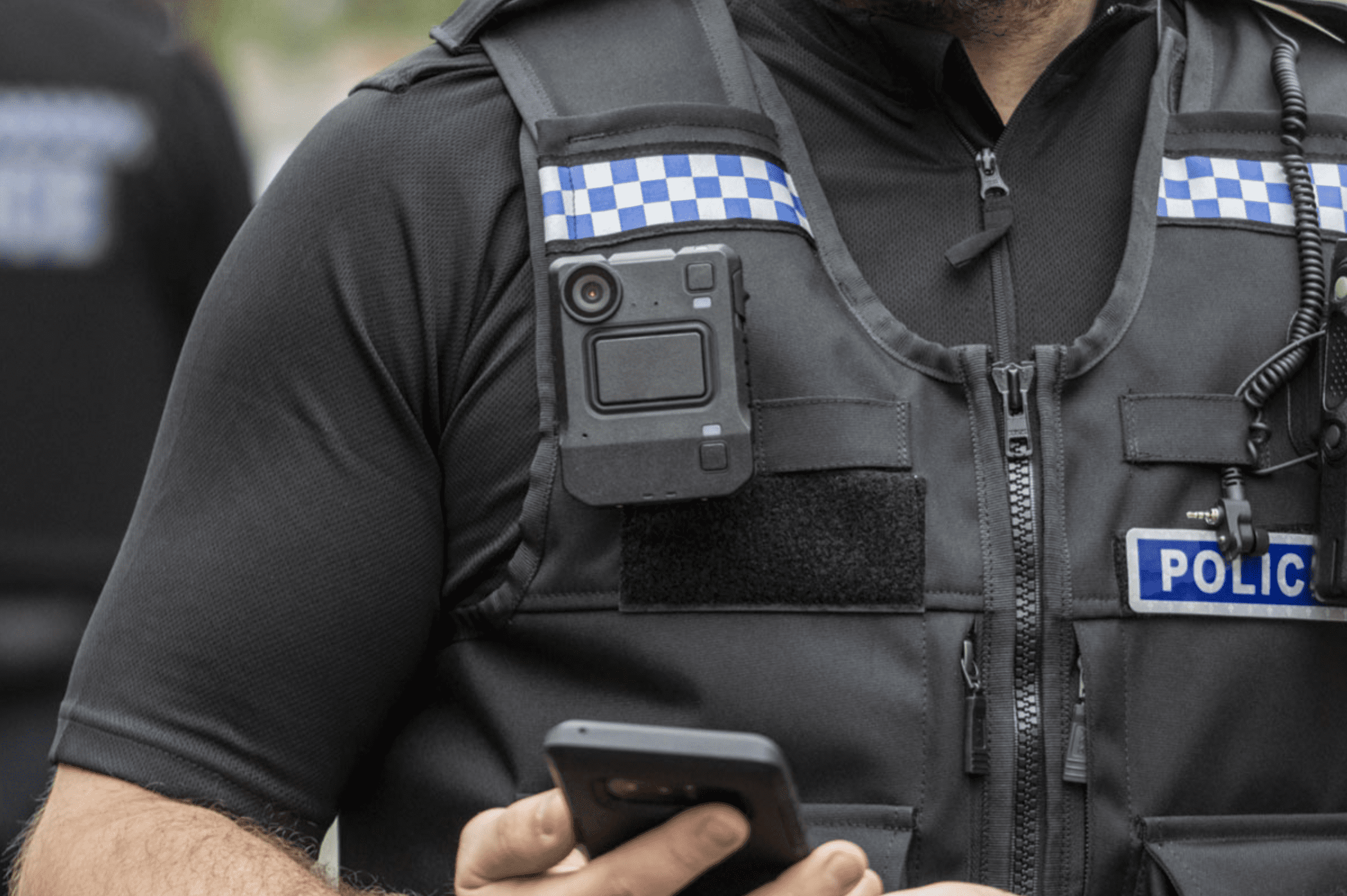
What's a body camera for?
A body camera is a compact, body-mountable video recording device that captures continuous or event-based footage from the perspective of the wearer. The recording is not only for review after the event, but can often be transmitted in real time to a central unit - particularly important in conflict or emergency situations. The use of body cameras increases transparency, acts as a deterrent against unwanted behaviour and can also serve as strong evidence in legal cases.
Its primary purpose is to capture reliable, real-time evidence in a variety of situations - be it police action, security guard work, a conflict in a public space or even ticket control. The recordings help to clarify disputes and can also be used legally if the camera is encrypted.
However, body cameras are not only good for collecting evidence. Its use significantly reduces the number of false complaints, as it acts as a deterrent for both the wearer and those who come into contact with him. People are generally more relaxed when they know they are being recorded. In addition, the recorded footage can be used for educational and feedback purposes, for example in the training of security personnel. This has made the body camera an indispensable tool not only for law enforcement, but also in many other areas such as health, transport, education and customer service.
In today's courts, credible evidence must come from a reliable, tamper-proof source. That's why most authorities and security services only allow the use of body cameras that:
use verifiably encrypted data storage
It must be verified that the recording is securely encrypted and does not allow the user to tamper with or delete the video
allows automatic archiving to a central system with logged access
complies with GDPR and local data protection regulations
A body camera is not just a recording device: it also provides security, transparency and legal protection. With increasingly stringent data protection requirements and demands for evidence collection and work organisation, it is crucial to choose a device that is technically and legally compliant with modern requirements. But it doesn't matter what mode of operation the body camera offers - online or offline. Let's see what these mean exactly!
Online and offline body cameras - what's the difference?
The main difference between online and offline body cameras is whether they have a real-time data connection.
Offline body cameras use only local storage, meaning that the footage is recorded directly to the device's internal memory or memory card and can only be accessed afterwards - typically via a computer or docking station. This type of recording is simpler, cheaper and sufficient in situations where immediate feedback or remote monitoring is not required.
By contrast, online body cameras have built-in Wi-Fi or mobile internet connectivity, so they can stream live images to a central system or even a cloud-based platform. These cameras not only allow real-time monitoring, but also provide remote access, instant recording of events and quick archiving of footage. The online system is particularly useful in situations where a rapid response is required, such as security services, public surveillance or event management.
Whether it's for post-collection of evidence or real-time management, both types have their advantages. It's important to tailor your choice to the context and purpose of use - Anico's body camera solutions, which include both offline and online models, can help you do this.
Motorola body cameras
Motorola body cameras have started to become popular in the last few years, especially in the Western European market, and in 2025 they will be included in the Anico Ltd. portfolio and can be tested at any time.
Motorola body cameras are well known for their reliability and robust design. They are mainly used in the security sector and can often be integrated with Motorola transceiver systems. High image quality, night vision mode and long battery life make them ideal for 12-hour or longer shifts. Motorola solutions are specifically designed for environments where physical endurance and reliable data transmission are paramount.
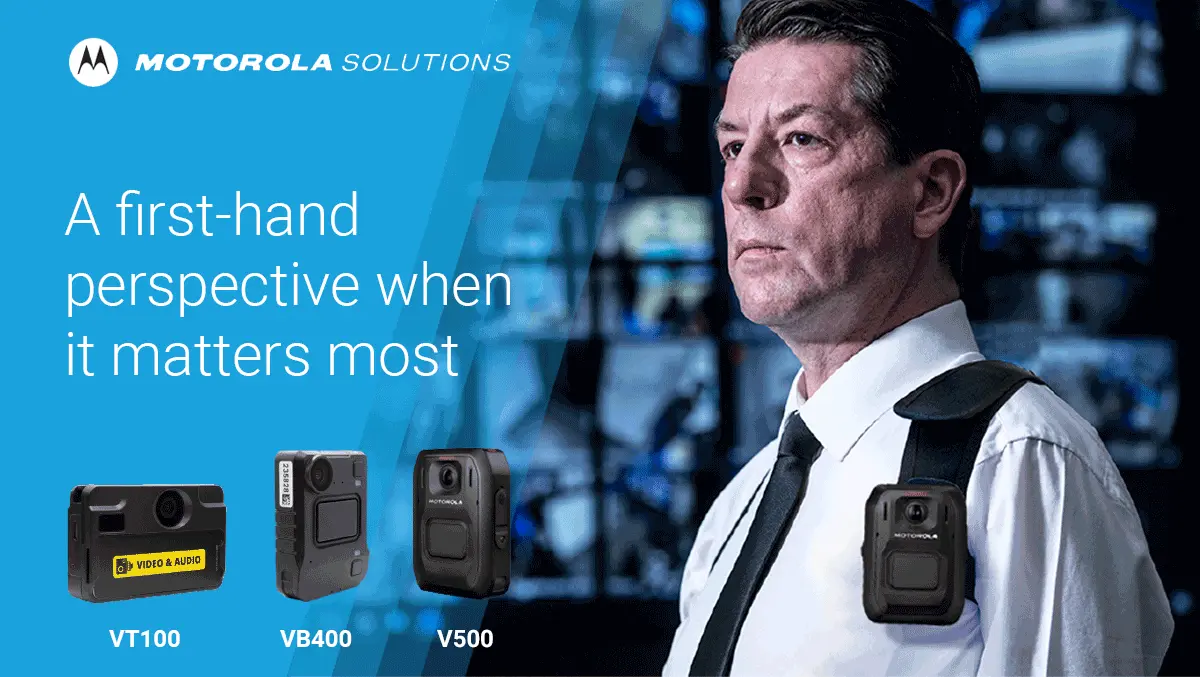
One of the outstanding benefits of Motorola body cameras is the high level of encryption that plays a key role in protecting the recorded footage. These devices use AES-256 (Advanced Encryption Standard) encryption, one of the most secure and widely used algorithms in the world today. This industry-standard encryption is virtually unbreakable by current computing tools.
The recordings are encrypted at the moment of capture and stored on the body camera's internal storage. This means that if the device falls into unauthorised hands, the data stored on it cannot be accessed either physically or via software without the appropriate authorisation.
Why is a high level of encryption important?
High levels of encryption are key for body cameras, as these devices often record evidence that can be used in legal proceedings. In such cases, it is essential that the recording is authentic and intact - meaning that it cannot be altered or deleted in any way. Encrypted data storage ensures that files stored on the camera can only be accessed by authorised persons, thus ensuring the integrity of the recording.
In addition, body cameras often record personal data - such as faces, licence plates, conversations - which are subject to strict data protection regulations. When handling such sensitive data, a high level of data protection is essential, not only from a technological but also from a legal perspective. Encryption is therefore not just a technological extra, but a prerequisite for compliance with GDPR and other national regulations.
Docking stations for Motorola body cameras not only charge batteries automatically, but also provide the ability to securely download and archive footage. The camera, when placed on the dock, synchronises the recordings with the central data storage system, typically over an encrypted data link. The system also keeps a log of who copied or viewed what data, when and by whom - crucially important in the event of an internal investigation.
All in all, Motorola body cameras are the ideal solution for anyone looking for a professional, reliable and secure body camera system. Their robust design, excellent image quality and advanced encryption technology make them ideal for use in security, law enforcement and industrial environments. What's more, they're already available in Hungary from Anico Ltd and can even be tried out - so it's worth checking out the Motorola quality in person.
Hytera body cameras 2in1: body camera with integrated PoC transceiver
After Motorola, let's move on to Hytera, the world's other largest manufacturer. One of the biggest advantages of Hytera body cameras is that they not only function as a video recording device, but some of their models also have a PoC (Push-to-Talk over Cellular) transceiver function. This means that the device not only records events, but also enables real-time voice communication - even with nationwide coverage over a cellular network. It is mainly for these reasons that they have been added to Anico Ltd's portfolio, as they can be easily integrated with our ANIPOC system (for more information on the ANIPOC system, click HERE).
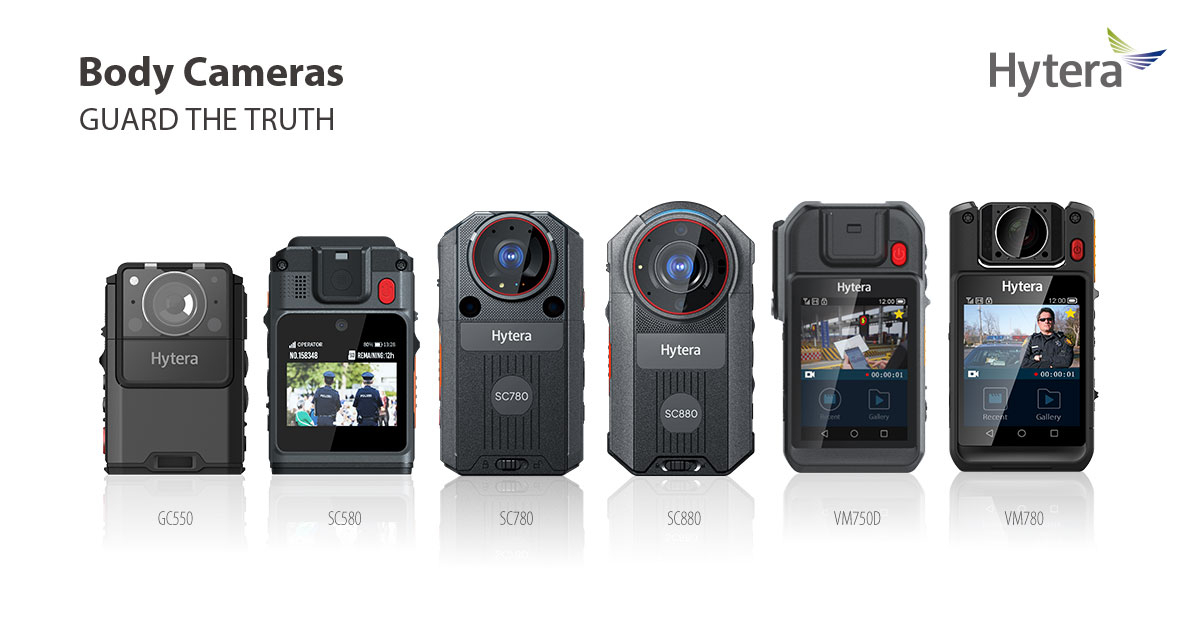
This dual functionality is extremely useful for example in event security, security guarding or logistics coordination. Video documentation, voice communication and even location tracking can all be done with a single tool. Hytera's body cameras typically come with a rugged housing, IP protection and AES encryption, so your data is secure - whether for live streaming or for playback later.
The body camera + PoC combo offered by Hytera is an ideal choice for companies who need more than just video recording, but also real-time connectivity to their colleagues in the field.
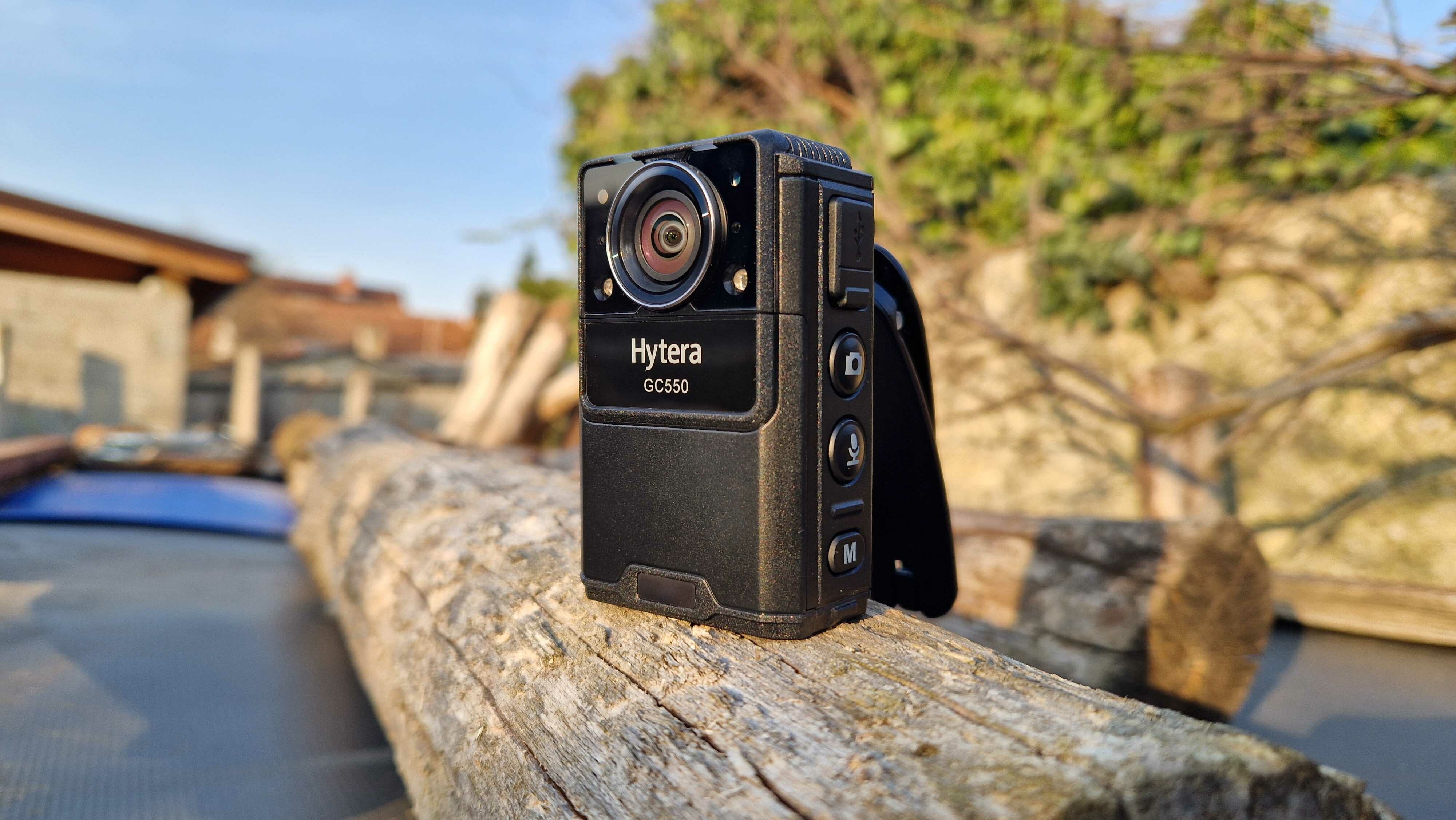
In summary, Hytera body cameras are the ideal solution for those who want to combine visual documentation and real-time communication in a single device. Models with PoC functionality are particularly useful in industries requiring rapid response, where information flow and evidence capture are equally important. With their robust design, advanced data security solutions and easy system integration, Hytera body cameras are not only efficient but also reliable companions in daily work.
Of course, Hytera body cameras also feature docking stations and encryption. We also offer offline and online models with multiple storage and night vision functions. Hytera body cameras, like the Motorolas, can be tested and tried out at any time at our company.
Applications and recommended types of body cameras
Body cameras are now going beyond the classic police application: they are becoming an indispensable tool in an increasing number of sectors, not only for security but also for transparency, accountability and conflict management. We have prepared a short overview of the types of body cameras we recommend for specific tasks from the range of types available to us.
1. Police, public surveillance, border patrol
Purpose of use: recording interventions, documenting infringements, complaint handling, court evidence.
Recommended types:
Motorola VB400: long battery life, GPS, AES-256 encryption, pre-recording buffering.
Hytera VM780 or VM685: body camera + PoC transceiver function replacing stand-alone radio - ideal for field units.
Benefits:
High resolution recording in the dark
Possibility of real-time video streaming (Hytera)
Legally compliant encryption
2. Security services, guard protection
Purpose of use: documentation of incidents, preventive effect, monitoring of working hours.
Recommended types:
Motorola VT100: discreet, lightweight, ideal for reception areas, event security
Hytera SC580: built-in 4G/LTE + Push-to-Talk (PoC) - perfect for teams guarding larger areas
Benefits:
Compact design, yet decent recording quality
Compact, compact and compact coverage
3. Public transport, rail, public services
Purpose: to handle passenger complaints, prevent violent incidents, protect drivers.
Recommended types:
Motorola VT100: easy to wear, discreet design, can be paired with a cloud-based system
Hytera GC550D: small size, easy to use, affordable price
Why is it important?
Documentation of incidents with passengers can be used in court
Helps to control passenger and employee behaviour
4. Industrial facilities, logistics, warehousing
Purpose: to check compliance with internal rules, document accidents at work, protect assets.
Recommended types:
Hytera VM780: replaces the traditional transceiver with PoC functionality - one device, two functions
Motorola VB400: shockproof, IP67 protection, long recording time
Advantages:
Some models can automatically save recordings to the cloud or local server
Operation can be configured per zone (e.g. active recording only in hazardous areas)
5. Health, ambulance service, psychiatric wards
Purpose of use: treatment of violent patients or relatives, clarification of liability issues.
Types recommended:
Motorola VT100 or VB400: discreet wearing but high quality image and sound
Hytera SC580: compact size + can be used as a real-time transceiver
6. Court, law enforcement
Purpose: guard protection, prisoner escort documentation, legal accountability.
Recommended types:
Hytera VM780: encrypted recording, remote playback, body camera + transceiver function
Motorola VB400: admissible as authentic evidence in court as it uses certified encryption
Summary
A body camera is not just a tool, it is a trusted colleague that protects the wearer, makes daily operations more transparent and helps to prevent or clarify disputes.
Choosing the right body camera always depends on the purpose of use, the working conditions and the expected functions - whether it is simple recording or real-time, online monitoring. While for a receptionist a discreet, lightweight model is ideal, for a patrol unit real-time video transmission and PoC compatibility may be the deciding factor.
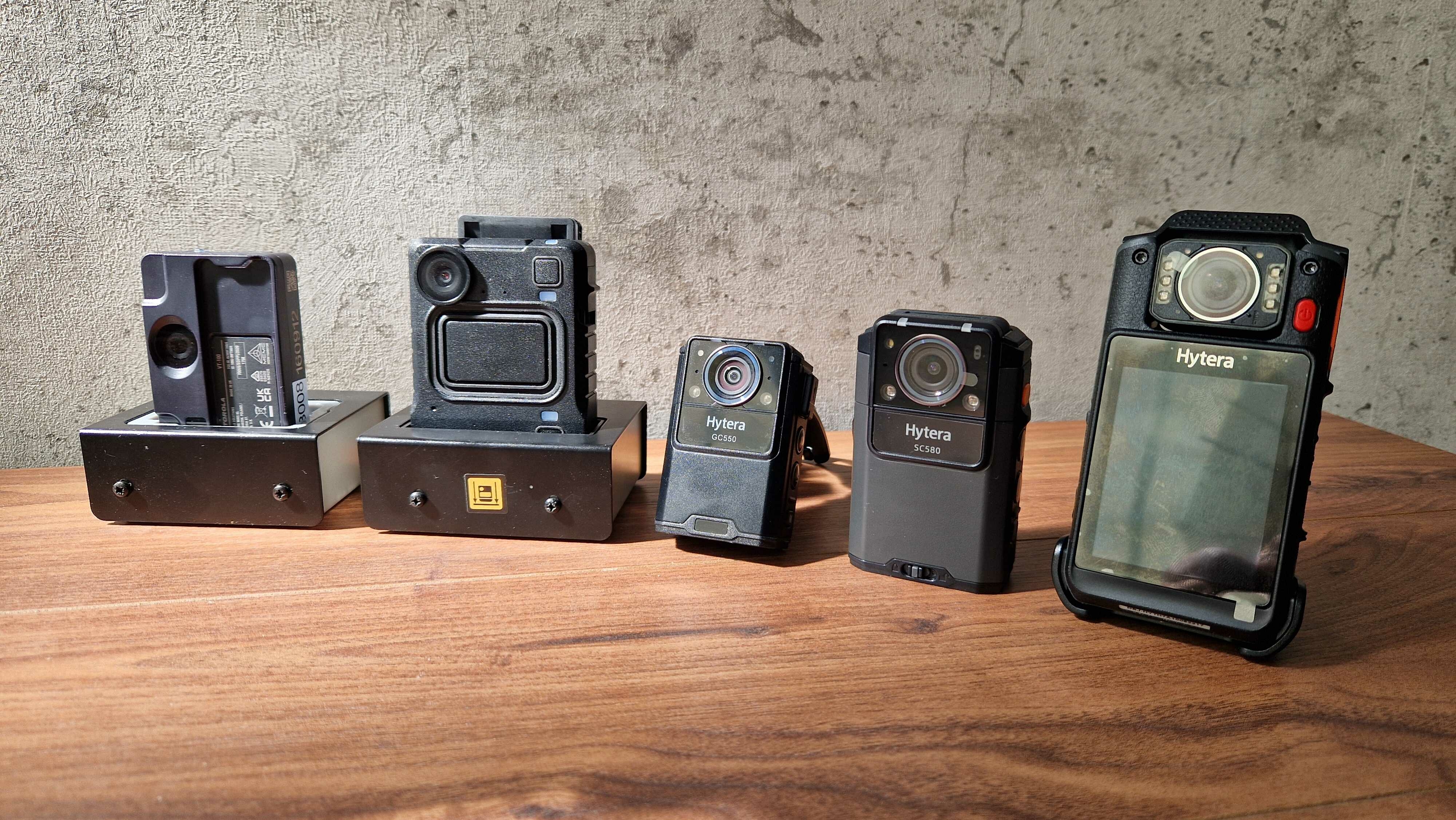
The strengths of Motorola models include high levels of encryption, discrete design, and reliable docking station and data management. Hytera devices also benefit from built-in Push-to-Talk (PoC) functionality, live video transmission and easy integration into dispatch systems.
If you are looking for a body camera for your own use or for your business, contact us! We'll help you choose the most suitable model and provide free testing and ongoing professional support.